Iris Germanica ‘Tillamook Bay’ – Reblooming
$17.00 Original price was: $17.00.$11.90Current price is: $11.90.
- Excellent customer service online in a timely manner
- The Quality Choice for Smart Shoppers
- 100% High Quality Guarantee
- Get the quality you deserve, for less.

Product Details
Christened for the spot on the Oregon coast where five rivers converge to form a bay, fragrant and floriferous Iris germanica ‘Tillamook Bay’ flaunts undulating, tidal, lavender-blue falls accented by billowy, cloud-white standards. The lavender-edged falls have a slight upturn. The standards meet the falls on a ground of ochre yellow detailed with brown hash marks. The yellow beards twinkle like stars. These vigorous plants send up stalks to 38″ with up to eight buds apiece. Plants flower in spring and will rebloom in autumn under the right conditions.
Reblooming Tall Bearded Iris have been bred to produce flower stalks more than once a year, first in spring and then again in late summer or fall. But it’s important to stress that rebloom is not guaranteed. The second flowering is dependent upon many things, which may include climate, weather, soil composition, and geographic location (rebloom may not occur in regions of the country colder than Zone 5). There are several things that gardeners can do to encourage rebloom (see Growing Guide for more information).
Named after the distinctive fuzzy beards upon their lower petals, or falls, Bearded Iris grow from modified stems called rhizomes, which extend horizontally in the soil and send out roots and shoots from nodes. The American Iris Society has classified them into six groups differentiated mainly by height, from the Miniature Dwarf Bearded Iris (up to 8″ tall) to the Tall Bearded Iris (27½” tall or more). The huge array of Bearded Iris cultivars includes flowers of every possible color. Here in Connecticut, they bloom in June, with some varieties occasionally sending forth a second round of blossoms in summer or early fall. Plenty of sun and good drainage are the primary requirements for success. Bearded Iris will repeat their lavish display for many years.
The Iris genus is named for the Greek goddess of the rainbow, and it’s easy to see why. These brilliantly colored, spring-flowering perennials are part of a huge plant family that contains upwards of 300 species which are native to Europe, Africa, Asia, and North America. Iris range from timid and inconspicuous wildlings to the splendid and extravagant Tall Bearded Iris, which create striking vertical highlights in the late spring border. The chosen habitats of Iris range from standing water to formal borders, and there is scarcely a color or combination of colors that can’t be found. Iris plants are fairly indestructible. They thrive in most parts of the country and are largely critter resistant. Adding to their appeal, they are attractive to hummingbirds and other pollinators. Even after bloom, the vertical foliage persists through the growing season. Plant a variety and enjoy a rainbow of colors that will return year after year in your garden.
For more information on growing Iris, click Growing Guide.
Be the first to review “Iris Germanica ‘Tillamook Bay’ – Reblooming” Cancel reply
Related products
Garden Classics
Foundation Plantings
Garden Designs
Bestsellers
Garden Classics
Garden Designs
Fragrant Plants & Bulbs
Garden Designs




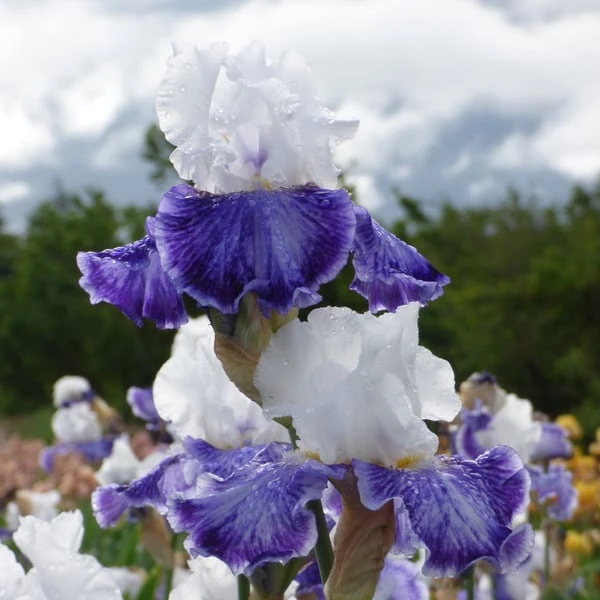
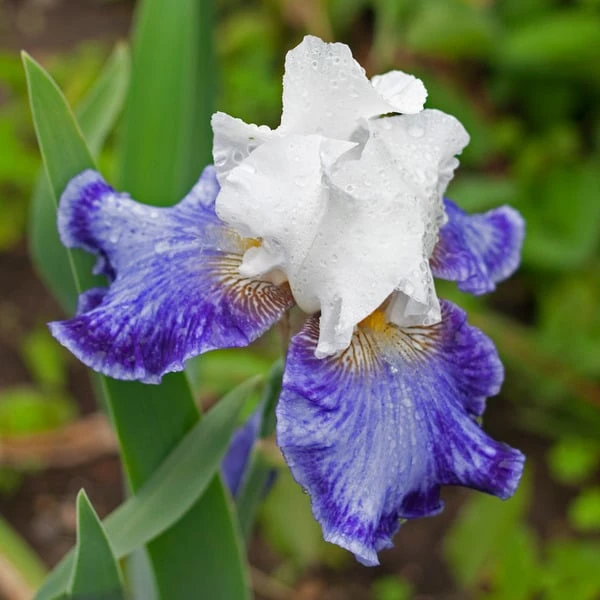
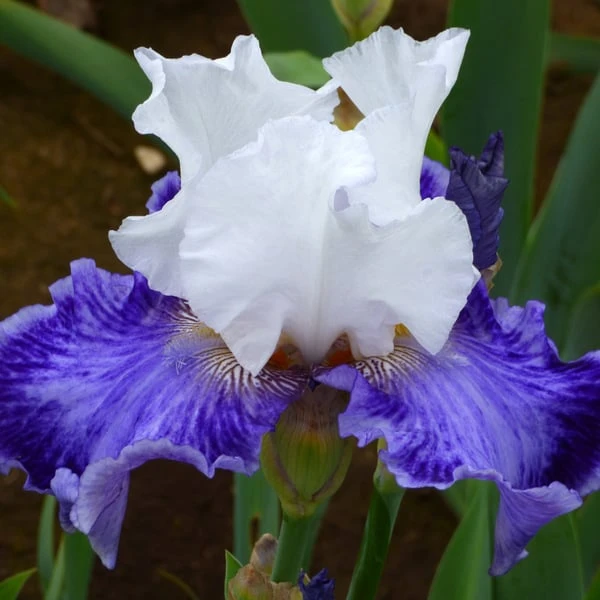
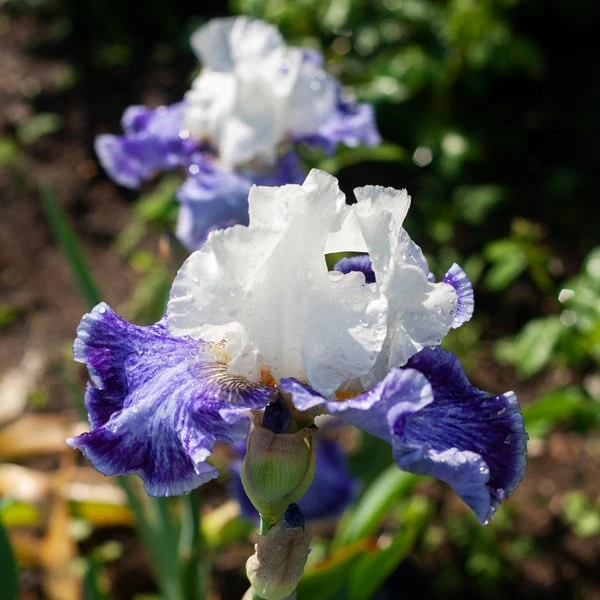


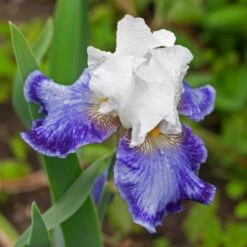
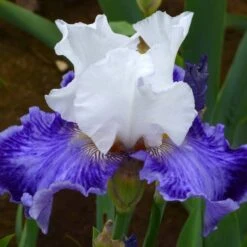
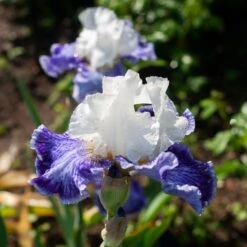


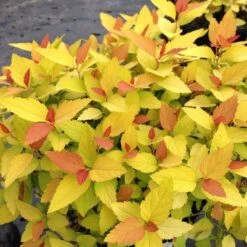







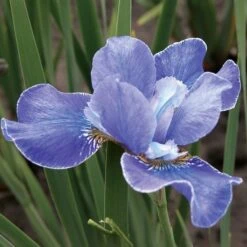



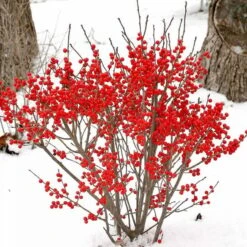
Reviews
There are no reviews yet.